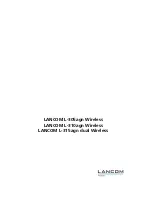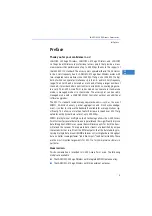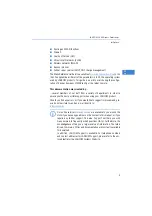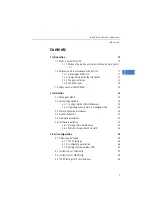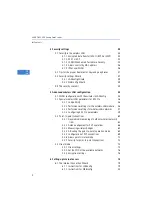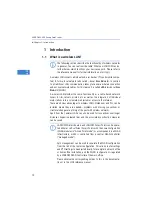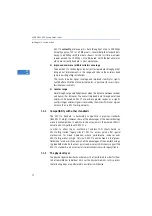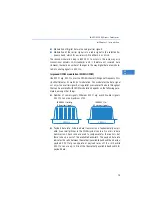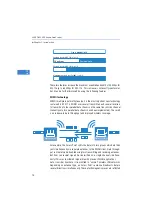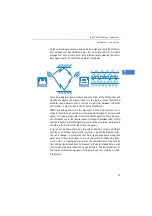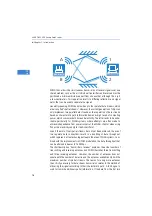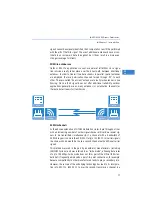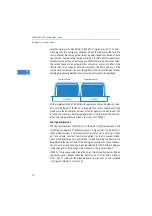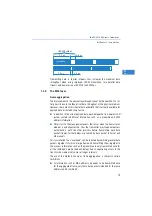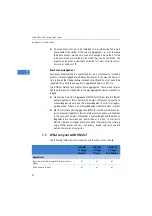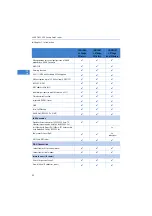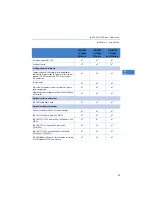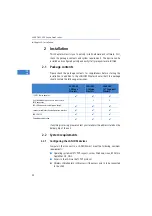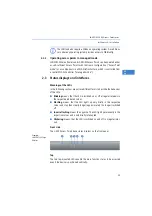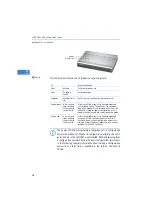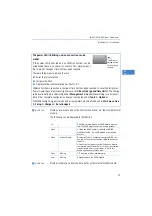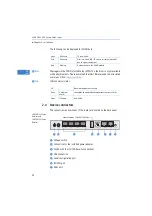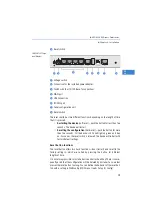
LANCOM L
-
300 Access Point series
Chapter 1: Introduction
14
EN
These two features increase the maximum useable bandwidth of 54 Mbps for
802.11a/g to 65 Mbps for 802.11n. This increase is not exactly spectacular,
but it can be further improved by using the following features:
MIMO technology
MIMO (multiple input multiple output) is the most important new technology
contained in 802.11n. MIMO uses several transmitters and several receivers
to transmit up to four parallel data streams on the same transmission channel
(currently only two parallel data streams have been implemented). The result
is an increase in data throughput and improved wireless coverage.
For example, the Access Point splits the data into two groups which are then
sent simultaneously via separate antennas to the WLAN client. Data through-
put can therefore be doubled using two transmitting and receiving antennas.
But how can several signals be transmitted on a single channel simultane-
ously? This was considered impossible with previous WLAN applications.
Let us consider how data is transmitted in "normal" wireless LAN networks:
Depending on antenna type, an Access Point's antenna broadcasts data in
several directions simultaneously. These electromagnetic waves are reflected
Gross bandwidth
Payload rate for 802.11a/b/g: 1/2
Checksum
Payload data
Payload rate for 802.11a/b/g: 3/4
Maximum payload rate for 802.11n: 5/6
MIMO AP 802.11n
MIMO Client 802.11n


